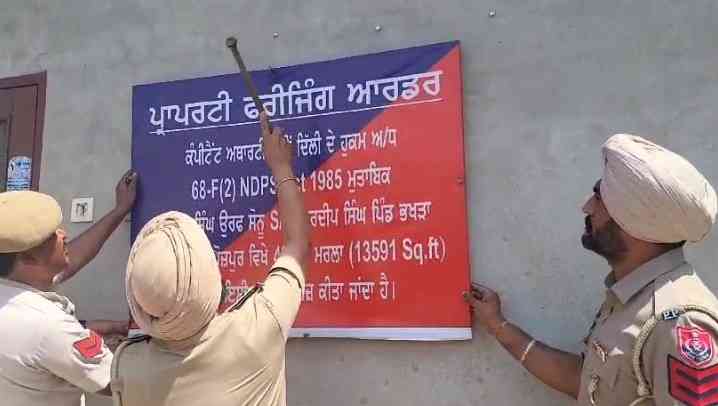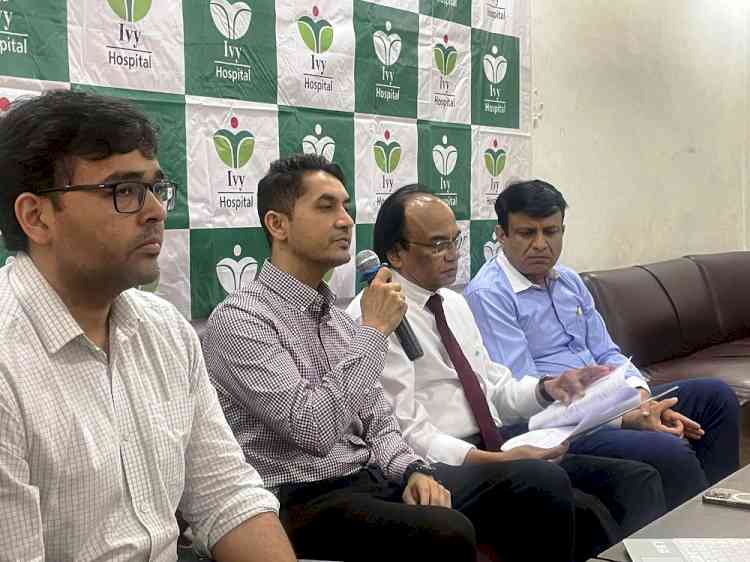Modi delivers a master stroke / By Rana Kapoor, MD&CEO, YES BANK
I emphatically welcome the Government’s decision to demonetize Rs 500 and Rs 1000 currency notes in circulation in the economy, as bold and revolutionary that will have tectonic impact on the ubiquitous parallel economy in the country. The...


I emphatically welcome the Government’s decision to demonetize Rs 500 and Rs 1000 currency notes in circulation in the economy, as bold and revolutionary that will have tectonic impact on the ubiquitous parallel economy in the country. The move will significantly strengthen Government’s systematic efforts over the last two years to curb black money in the economy including SIT, amending DTAA with Mauritius and Cyprus, amending Benami Transactions Act, and the more recent Income Declaration Scheme.
It is reasonably clear that the economy stands to benefit on several fronts –
(i) Boost deposit base and savings
Global agencies have pegged the size of parallel economy in India at close to 23% as of 2007. Basis this, we estimate unaccounted cash in the economy to the tune of INR 4500 bn, of which, a certain significant proportion will make way to the banks boosting deposit base and financial savings both.
ü Bank’s deposit base to receive a fillip of 0.5-1.4% of GDP
ü In turn, financing savings can be expected to rise by close to this proportion, due to switch from savings from unproductive physical assets to financial assets
(ii) Improve monetary transmission and reduce lending rates
ü A rise in deposit base will allow banks to lower the blended cost of funds as higher CASA deposits help to replace the high cost of borrowing and lower overall cost of funds. We expect banks to reduce deposit rates by ~125 bps over the next 6 months.
ü The new regime of MCLR will immediately take into account the lower cost and will thereby lead to a decline in lending rates, which will boost economic activity in the medium term.
(iii) Create room for further monetary accommodation
ü With improved monetary transmission, economic efficiency and structural moderation in currency in circulation, there is likely to be a greater room for RBI to ease monetary policy rate further. I am hopeful that RBI will ease by another 100 bps in 2017-18 to a, repo rate of 4% by March 2018.
o The piecemeal liquidity support from OMO purchases will now to a larger extent will be addressed by the structural change in currency demand
(iv) Ready, Steady, Now Go: Financial Inclusion via Jan Dhan
Over the last two years, while the number of Jan Dhan accounts has recorded a stellar growth, the share of these accounts in total deposit base of the banking system has remained under 1%. The demonetization drive of higher denominated notes should give a push to cash deposits in Jan Dhan accounts, of which close to 43% so far have remained dormant. In addition, the move will help to inculcate banking habits among the large unbanked population in the country.
(v) Support Government Finances
ü With some part of unaccounted money making way into the formal channel, Government stands to benefit from higher income tax collections. This should help cushion Government’s FY17 fiscal deficit target, especially post the shortfall in anticipated spectrum revenues.
ü The latest move will move the economy from unorganized to organized sector, dovetailing into GST architecture that is expected to come on board next year. This will stand to enhance Government’s ability to tax commercial transactions resulting in a structural improvement in tax to GDP ratio in the economy
(vi) From a bond market perspective, positive in near to medium term as -
ü Improvement in bank deposit base leads to higher SLR demand, on the demand side
ü On the supply side, with tax buoyancy seeing an improvement, supply of g-secs is likely to get more rationalized due to gradual reduction in fiscal deficit over time as the impact of FRBM is underway.
ü Anticipation of monetary easing to further support bonds
(vii) Raise GDP growth potential
While there are short term implications for growth in cash-intensive sectors such as real estate, construction, and discretionary household consumption in general, I believe that long term benefits for GDP growth will outweigh the short term transitional impact. We are now surely heading towards a 9% GDP growth by FY2018-19
Conclusion
The clean-up of the unaccounted money is the third attempt in India’s monetary history to restrain its growing parallel economy following similar attempts in 1946 and 1977 earlier. In a single master stroke, the Government has attempted to tackle all 3 malaises currently plaguing the economy - a parallel economy, counterfeit currency in circulation and terror financing.
In addition, the Indian economy has been provided a new lease of life that can be seen as a ‘reset’ – with huge positive implications for liquidity, inflation, fiscal and external deficit in the short term. Over the next 2-3 years, improvement in India’s position on transparency and corruption in the global league will further add to its investor appeal. With GST on anvil, India is now on the cusp of higher growth in the medium term – to be steered by the organized sectors including MSME’s and the revival of the private sector capex cycle.

 cityairnews
cityairnews 















